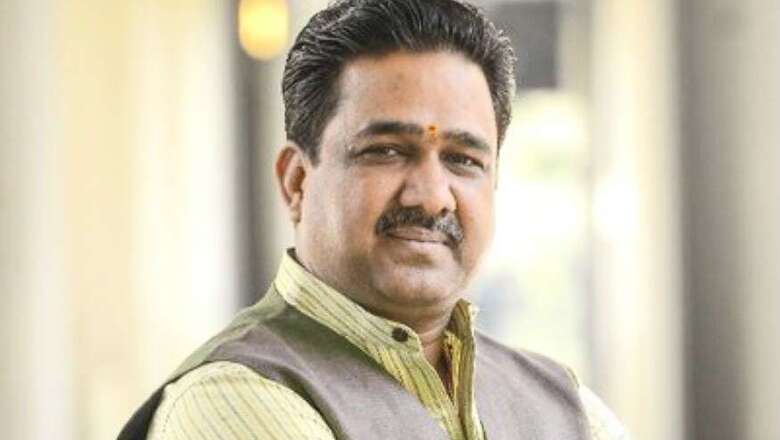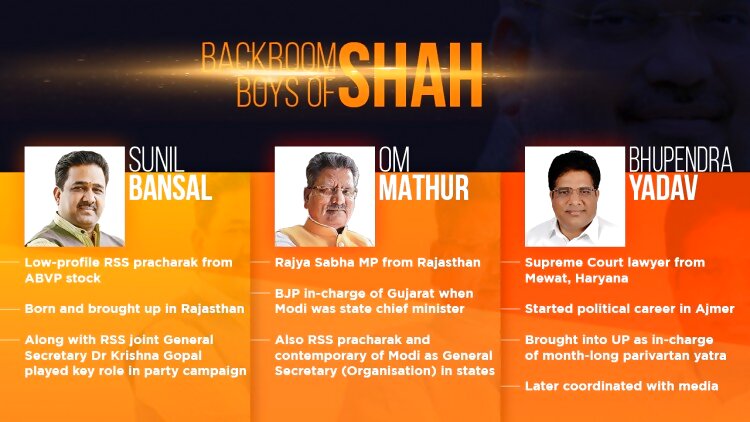
views
Lucknow: The two-room set in the residential section of the Constitution Club of India on Rafi Marg in Delhi bears no nameplate.
However, in the last two years whenever Sunil Bansal was in town, most BJP ticket seekers from West UP were seen queuing up at this nondescript flat on the second floor of the building.
It is here that the low profile RSS pracharak, now on deputation to the BJP, stays in the national capital. Bansal comes from the ABVP stable, born and brought up in Rajasthan. He was deputed to assist Amit Shah in UP in the run up to the 2014 general elections. He, along with RSS Joint General Secretary Dr Krishna Gopal, played a key role in party campaign.
In 2017, Bansal has once again emerged as the quiet back room boy both in planning and execution. Here perhaps lessons learnt from Bihar in 2015 came in handy for the party in scripting a recovery after 15 years in opposition.
Quite unlike in Bihar, in UP BJP did not attempt to impinge upon the core Yadav vote bank of the main adversary: the Samajwadi Party. That was evident in the ticket allocation. Bihar polls had showed that dominant OBC communities tend to stick to parties with strong mandal credentials.

In UP, thus, BJP attempted to wean away non-Yadav OBC which is an amorphous group of about 30 percent vote base. Of these, a section has voted for the BJP in the past. The challenge was to rope in the MBC castes which have traditionally dovetailed with BSP's dalit votes.
Elevation of Keshav Maurya, the MP from Phulpur was a part of this strategy. Induction of Mayawati loyalist Swamy Prasad Maurya was yet another. Alliance with small political outfits like Suheldev Bhartiya Samaj Party and Apna Dal in East UP completed this ensemble.
The added advantage in mobilising these communities was twofold: unlike the core BJP upper caste voters, the MBCs which constitute nearly 15 percent of the total electorate in UP as a community are aggressive and tenacious in electoral politics.
With social alliances in place, ticket distribution was the next big challenge. Even at the highest level, and despite an occasional tiff, Bansal in most cases stuck to his panel of possible nominees.
Towards the end, and with a lot at stake, Bansal and Shah, however, agreed to make concessions to accommodate sons and daughters of nearly all top state BJP leaders.
BJP has come to power in UP for the first time in 1991. Since then, its tally in every successive Vidhan Sabha election has dwindled both in terms of vote and seat share. The party has been able to buck this trend after a good 25 years.


















Comments
0 comment